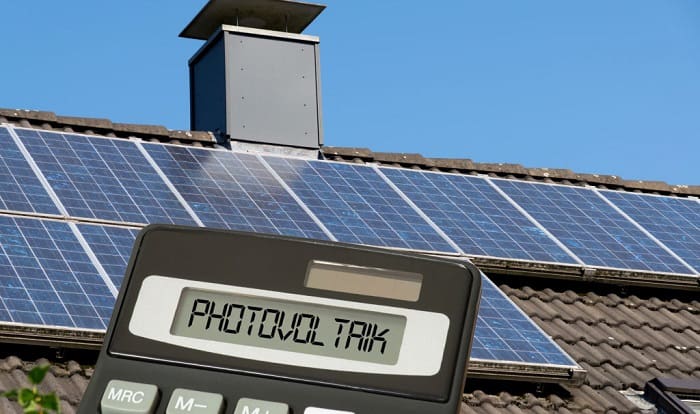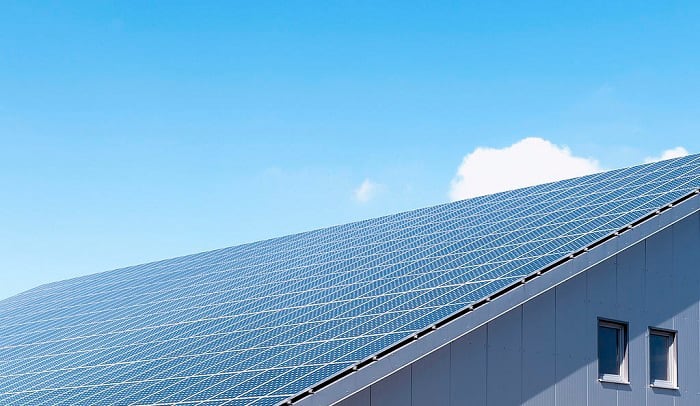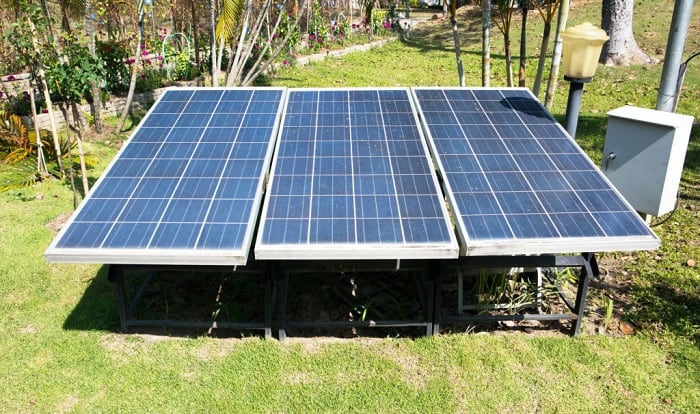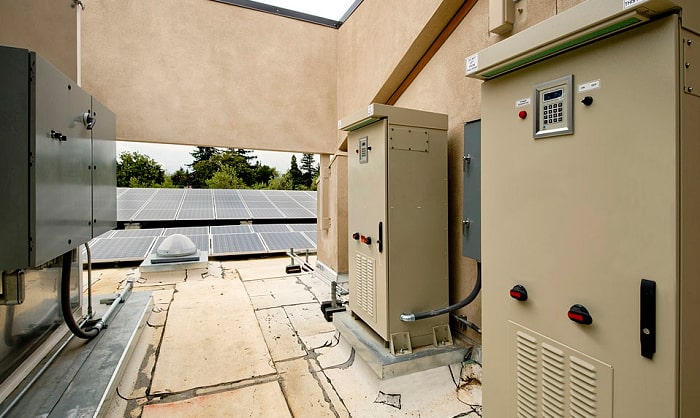When you are looking for a solar panel to run for your home, one of the most important factors to consider is the output of the solar panel. This is very crucial because this determines the theoretical power production of your solar panel. So, if you are wondering how to correctly measure the output of your solar panel, then you have come to the right page. We’ll explain to you to measure it and what factors might affect its value.
What is a Solar Panel
Before we dig dip into how to measure the output of the solar panel, let’s first get to know what solar panel is. Solar panels are devices used to convert the ultraviolet rays of the sun into electricity to power up electric loads. This panel is a collection of photovoltaic or solar cells that are used to generate electricity as a result of the photovoltaic effect. These solar cells are fixed in a grid-like pattern on the solar panel’s surface.
Factors affecting the solar panel’s output
- Temperature
The maximum power temperature coefficient or the temperature coefficient of Pmax and the NOCT or the nominal operating cell temperature are two important figures you should consider when trying to find the output of your solar panel. The maximum power temperature coefficient is the percentage of energy loss from the solar panel for every exceeding degree Celsius of the STC temperature which is about 25°C. The NOCT, on the other hand, is the temperature that the panel gets when exposed to 800W per m2 of irradiance.
To know the operating efficiency of the solar panel, subtract the solar panel’s temperature by 25°C which is the STC temperature. Next, multiply the difference or the result by the maximum power temperature coefficient. Then, subtract the result from your initial efficiency rating to get your operating efficiency.
- Time, degradation, and output
Different solar panel manufacturers produce every panel differently. This results in a slightly different degradation rate. According to a 2012 study by the National Renewable Energy Laboratory, solar panel output decreases its efficiency rate by 0.8 percent every year. This makes more expensive solar panels last long as they usually have a lower degradation rate, approximately 0.3 percent.
Also, how you position your panel affects the output. If you placed your solar panels in an area where it receives more light, then more energy will be produced as compared to placing it in a shaded area. Research also implies that shading of 20 to 30 percent of your solar panel can already cause a 30 to 40 percent reduction in output.
- Standard vs Premium Panels
Usually, the price of the solar panel is determined by the output it can produce. So, it is safe to say that premium panels produce more output than standard panels. Also, as discussed earlier, premium panels have a lower degradation rate, meaning as time passes by it degrades slower than the standard ones.
How to Calculate for the Solar Panel Output
To calculate for the solar panel energy output, the panels must be under average conditions or also known as STC or Standard Test Conditions. This means that the STC measure the output of the solar panel by using common conditions of the factors affecting the output.
Step 1: Gather all the Needed Resources
Here are the materials you need to prepare before the test
- Solar panel to test
- High-quality multi-meter that can read current and voltage, Read more easiest way to test solar panel with multimeter here.
- A variable resistance box
- Wire to connect the components together
- Spreadsheet program or recorder to keep track of the data and for the calculations
Step 2: Connect all the Components
Connect all the components and ensure that the load is set to open.
Step 3: Position the Panel Towards the Sun
You need to ensure that your solar panel is positioned correctly to get the maximum power. You can mount a small stick perpendicular to the surface of the solar panel and adjust accordingly to minimize the shadow of the stick. When there is little to no shadow, then it means that the panel is faced directly towards the sun.
Step 4: Measure the No-load Voltage
This value simply means the measurement from the solar cell’s output without any connections attach to it. After cross-checking that the load resistance is already open, log the voltage measurement.
Step 5: Sweep the Load while logging the voltage
With the load box on its peak resistance, change from open settings to resistors. Then, record these data points – voltage, current, and resistance setting. Once you already have the values, switch the resistance to the second lowest value, and again, record the results. Repeat the process for all resistance settings.
Step 6: Calculate the Output
To get the output, you need to simply multiply the voltage and the current. If you have recorded the current for each step, then it is pretty simple for you. If not, then you need to divide the voltage by resistance. The result is the current which you can now multiply with the voltage.
Step 7: Graph your Results
Once you have the output for each resistance setting, then you can graph it for easier comparison and understanding. You can use the power for the vertical axis and voltage for the horizontal axis.
Conclusion
It is important to determine the output of the solar panel because it is one of the main purposes of a solar panel. This will also help you compare your solar panel’s output as time passes by. Hope you learned a lot from this article.

As the founder of the Avasolar team, I aspire to solve the problems for households in selecting, installing, and utilizing solar mechanical devices.




